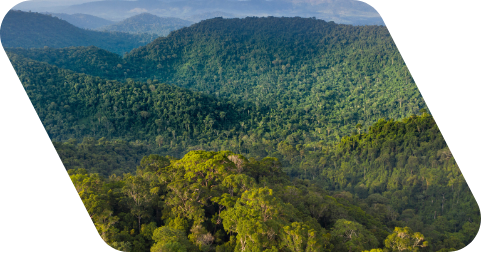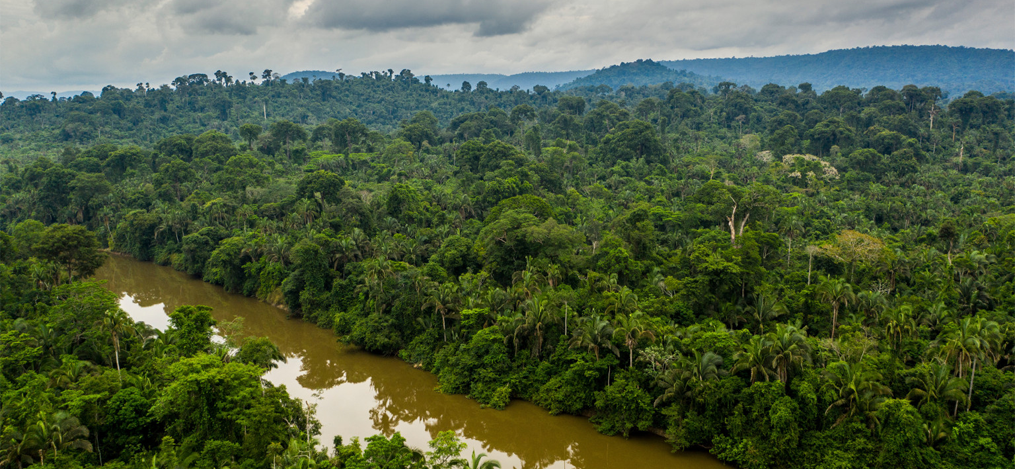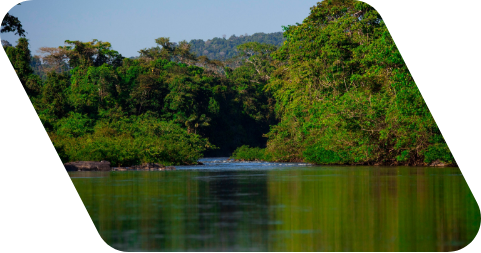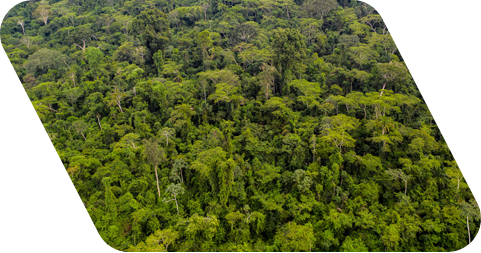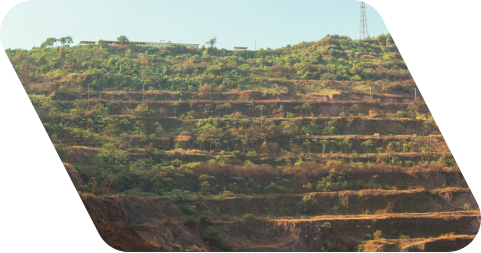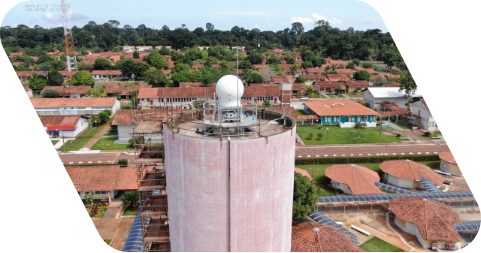Your privacy is important to us
Vale Institute of Technology ("ITV"), in the development of its activities and availability of online environments, understands as relevant the electronic records of certain acts performed by you ("User") in the use of various ITV websites, systems and applications ("Environments"), and this Cookie Notice serves to regulate, in a simple, transparent, and objective manner, which technologies and information will be used during your browsing.
What are Cookies?
Cookies are files or information that can be stored on your devices when you visit a website. ITV uses cookies to make the website easier to use and better tailor it to your interests and needs, as well as to compile information about the use of our websites and services, helping to improve their structure and content. Cookies may also be used to speed up your future activities and experiences on the website.
There are technical cookies that are mandatory for running the website. There are also optional cookies, which are used to improve your browsing and personalize your experience and you can choose whether or not to accept their use.
Control and delete cookies
At any time, you can change your preferences as to which Cookies you wish to enable/disable.
For more information on how to proceed with managing Cookies in browsers:
- For more information on managing cookies in Internet Explorer, click here;
- For more information on managing cookies in Mozilla Firefox, click here;
- For more information on managing cookies in Google Chrome, click here;
- For more information on managing cookies in Safari, click here;
- For more information on managing cookies in Microsoft Edge, click here.
If you use different devices to access the website, you should ensure that each browser, on each device, is adjusted to suit your preferences regarding Cookies.
More information
This notice applies to ITV's corporate website and other linked subdomains.
This notice may be updated at any time by ITV by means of a notice on the website and/or by e-mail if you have opted to receive communications from us.
Any concerns regarding this notice can be resolved through our contact channel, available at: dpo@itv.org
Should you have any doubts, please refer to our Policy Notice.
